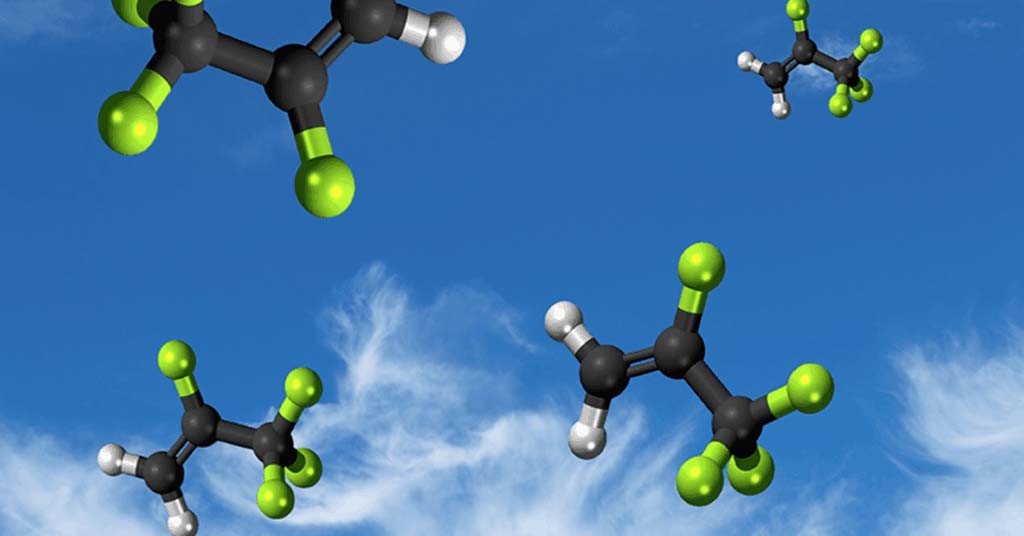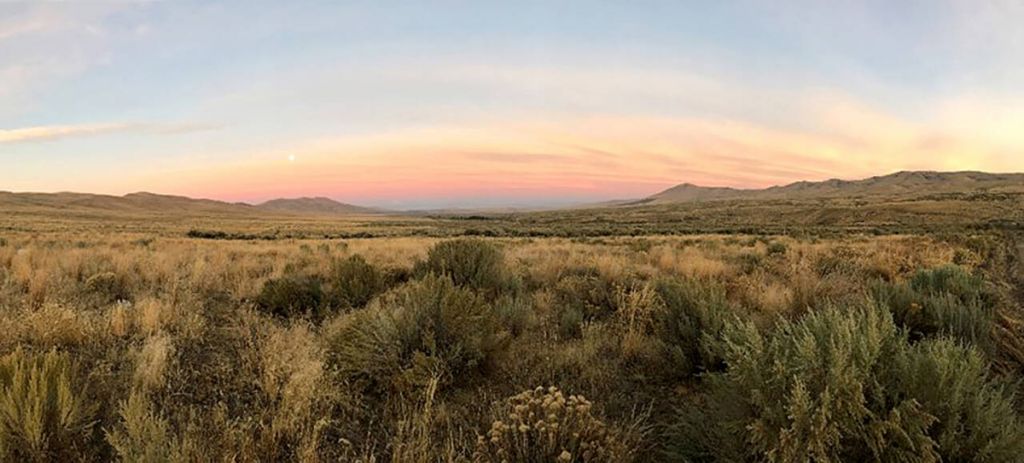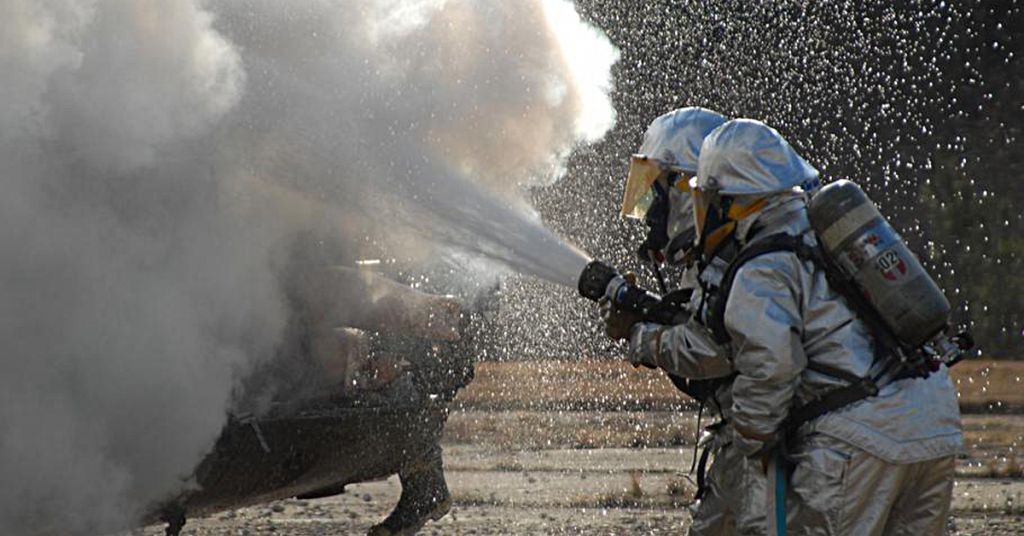Washington’s Climate Commitment Act aims to reduce carbon emissions 95% by 2050. But passing a law and enforcing it are different things
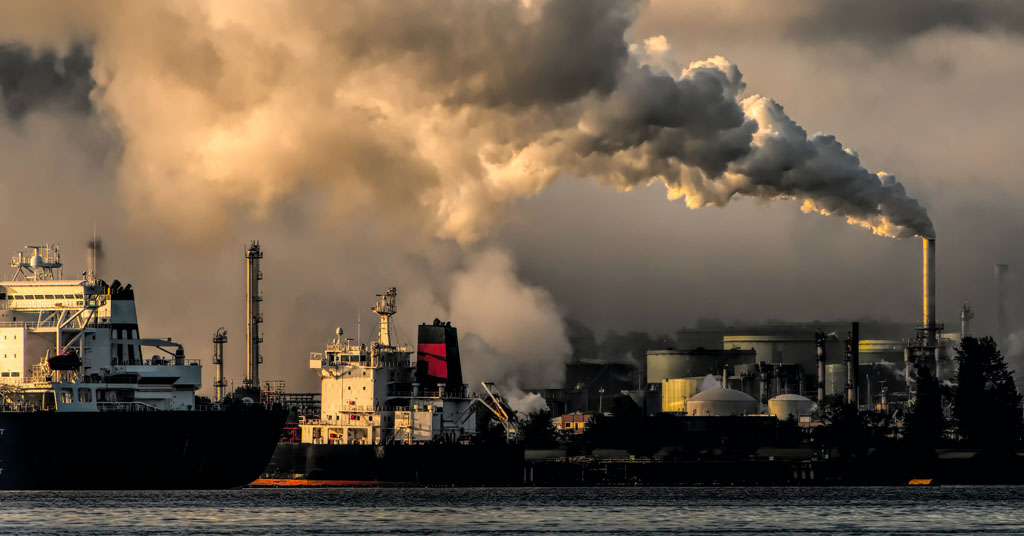
Making allowances? Many Washington businesses must start adapting to new carbon emissions regulations. Some get a pass. Photo: Chris Leboutillier/Unsplash
By Eli Francovich. February 9, 2023. Prior to moving to Washington for a job with the Department of Ecology, Claire Boyte-White was a freelance writer focused on entrepreneurship, finance and investment. In this capacity, she explained the complexities of the financial world for a general audience.
In December 2021, however, she changed careers and started at a job that a year prior hadn’t existed.
Her title? Communications Specialist for the Climate Commitment Act, Washington’s newest legislation aimed at slowing climate change.
And while on its face the act has nothing to do with high finance there are parallels.
The Climate Commitment Act is a carbon cap-and-invest program under which the amount of carbon some Washington industries may produce per year is capped.
The law, which was passed in 2021, went into effect on Jan. 1.
Its carbon-emissions limit is slowly lowered over time, with a goal of reducing the state’s emissions 95% below 1990 levels by 2050.
The law applies only to industries that produce more than 25,000 metric tons of carbon per year. Certain industries have been exempted, although the state says 75% of statewide emissions will be covered under the program.
Qualifying industries, however, must meet the emissions limit set by ecology each year or buy allowances to burn carbon in excess of the cap.
Those allowances will be auctioned off quarterly with each allowance allowing the owner to emit one metric ton of CO2.
While the state has set the maximum and minimum prices of those allowances (for 2023 it’s $22 and $81), the exact price will be dictated by the market.
As the overall cap lowers, the price per allowance will increase, thus incentivizing companies to decarbonize.
Money from those allowances, projected to be more than $1 billion per year, will go toward climate adaptation and decarbonization efforts, as well as clean air initiatives.
What could go wrong?
The CCA model has been heralded elsewhere as an effective tactic in the fight against climate change, one that—unlike taxes or direct mandates—gives companies monetary incentives to reduce their carbon footprint.
Theoretically, it’s an effective partnership between the long arm of government and the power of supply and demand.
“They are financially incentivized to decarbonize, but they are empowered to make all of their operational decisions,” Boyte-White says.
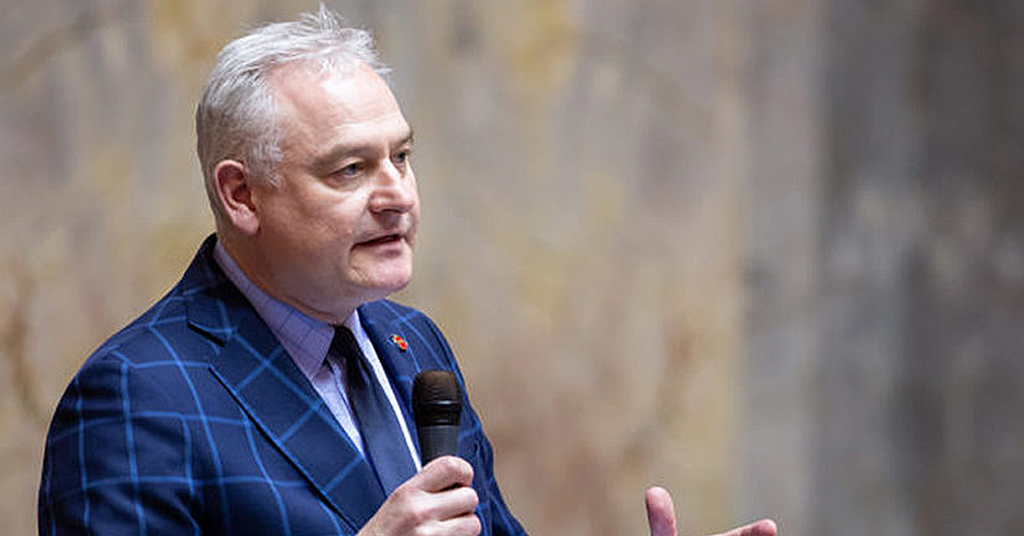
Cap wrangler: Sen. Reuven Carlyle, then chair of the Washington Senate’s Environment, Energy & Technology Committee, co-sponsored the Climate Commitment Act in 2021. Photo: Washington State Democrats
However, cap-and-trade programs have been exploited, abused and unfairly applied elsewhere.
And while it’s certainly too soon to judge Washington’s program, understanding how it could go wrong is useful.
For an example look south to California, where a similar (although not exactly the same) cap-and-trade program has existed since 2013, one of the first in the world.
While California’s program was lauded for early successes, a 2019 ProPublica analysis found that since the implementation of the program “carbon emissions from California’s oil and gas industry actually rose 3.5% since cap and trade began.”
That investigation found, among other things, that economic and political lobbying often defanged key parts of the program and allowed the largest and richest companies to pollute more.
Strategic exceptions
Who is allowed, or not allowed, to burn carbon and/or at what price is already a concern for some in Washington.
Per the Washington law, some industries are completely excluded from the cap-and-trade program and others are given allowances for free (think of it like a free token to play an arcade game).
Notable exemptions include emissions from aviation fuel and emissions from watercraft fuel supplied in Washington but burned elsewhere.
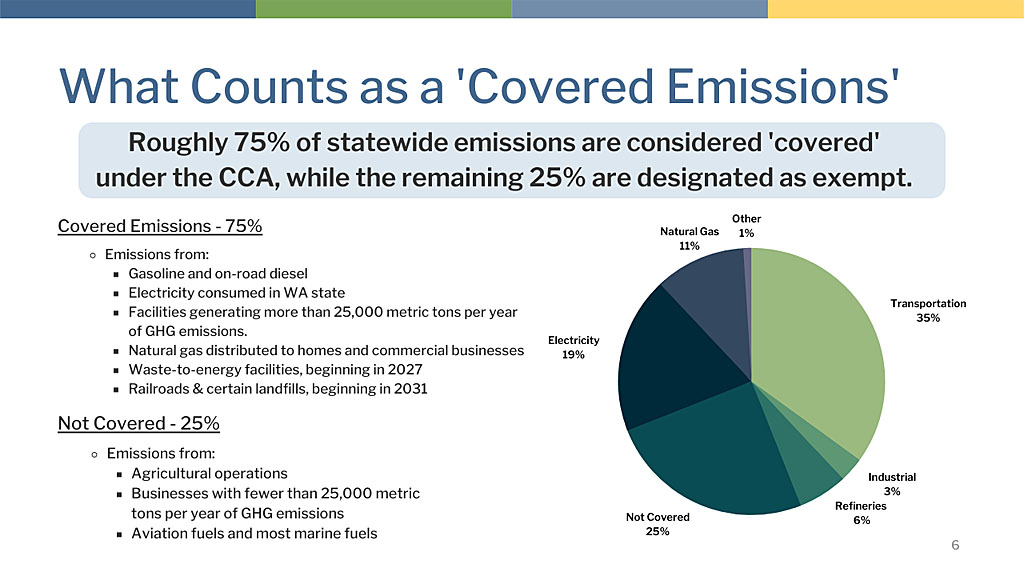
Infographic: Washington Department of Ecology
Then there are industries given “no-cost allowances”—an allowance allows the company to burn one metric ton of carbon above the cap set by Ecology.
These industries include electric and natural gas utilities and businesses that are “emission intensive, trade exposed” industries, such as manufacturing.
The goal of that provision is to keep those industries from leaving Washington, says Boyte-White.
“They’re big companies,” she says. “Big industries can’t pivot on a dime. Give them some time to invest and decarbonization early on. And prevent leakage.”
Who could object?
But at least one company is arguing that CCA allowance provisions aren’t fair.
In December, The Grays Harbor Energy Center filed a federal lawsuit alleging the program is unconstitutional.
At issue is the fact that the Grays Harbor plant, which is owned by Chicago-based Invenergy, isn’t utility-owned and thus won’t receive a no-cost allowance.

Commitment communicator: Claire Boyte-White. Photo: Washington Dept. of Ecology
According to the lawsuit the act’s “allocation of no-cost allowances uniquely harms Invenergy. Unlike local utilities who may use their no-cost allowances to reduce, if not eliminate, their costs to comply with the CCA, it must bear the costs of ensuring Grays Harbor has sufficient allowances to cover its emissions during the CCA’s first compliance period.”
Boyte-White wouldn’t comment on the case specifically although she said broadly what is or isn’t covered by the program was decided by the Legislature.
“Any changes about program coverage would be Legislative in nature,” she says.
The Association of Washington Business also raised concerns about the program’s impact on the 7,000 businesses they represent arguing in a 2021 letter to the Legislature that the program erodes “the competitive advantage” Washington’s cheap power has traditionally provided.
“This pressure makes it difficult for existing small businesses to continue and much more difficult for entrepreneurs to start one,” the letter states.
Just application
One way that Washington’s program is notably different than California’s cap-and-trade effort is in its commitment to cleaner air, in conjunction with lower emissions.
Surprisingly, after California’s law was passed a study found that air quality deteriorated in Black and Latino communities, raising serious questions about environmental justice.
To offset that, Washington has created an initiative in conjunction with the cap-and-trade program to improve air quality in “overburdened” communities.
An environmental justice council will have input on how money raised by the CCA is spent.
Additionally, 35% of funds raised by the program must be invested in projects that benefit at-risk communities and a minimum of 10% must go to projects with tribal support.




